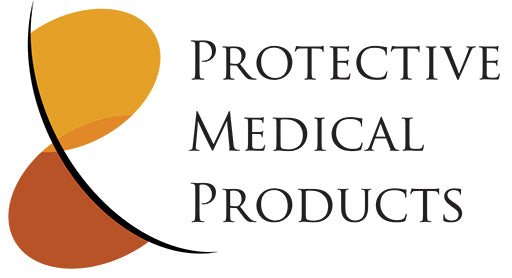Sterile gloves (surgical gloves) are deemed sterile because they have been sterilized according to FDA standards. The FDA has an SAL (standard assurance level) that all sterilization techniques must meet. When this standard is met, there is a 1 in 1,000,000 (one in one million) chance that the glove is non-sterile. The approved sterilization processes can sterilize gloves even if highly resistant microorganisms were present before sterilization. Typically, non-sterile gloves are sterilized by someone other than the glove manufacturer. After the gloves are sterilized, they have to be tested to ensure they meet the FDA SAL.
Sterile gloves have a higher AQL (acceptable quality level) of pinholes. Generally, surgical (sterile) gloves have an AQL of 1.0 to 1.5 and examination (non-sterile) gloves have an AQL of 1.5 to 2.5. An AQL of 1 means that no more than 1% of all gloves in a sample set have pinholes. An AQL of 2.5 means that no more than 2.5% of all gloves in a sample set have pinholes.
Sterile gloves are used for surgical procedures primarily. Because of the sterilization process, higher AQL standards, and stricter packaging standards, sterile gloves are more expensive than non-sterile gloves.
Because non-sterile gloves are less expensive than sterile gloves and have been found to pose no higher risk of infection for non-surgical procedures when compared with sterile gloves, non-sterile gloves are used for the majority of medical procedures that are considered non-surgical.

Leave a comment
All comments are moderated before being published.
This site is protected by reCAPTCHA and the Google Privacy Policy and Terms of Service apply.